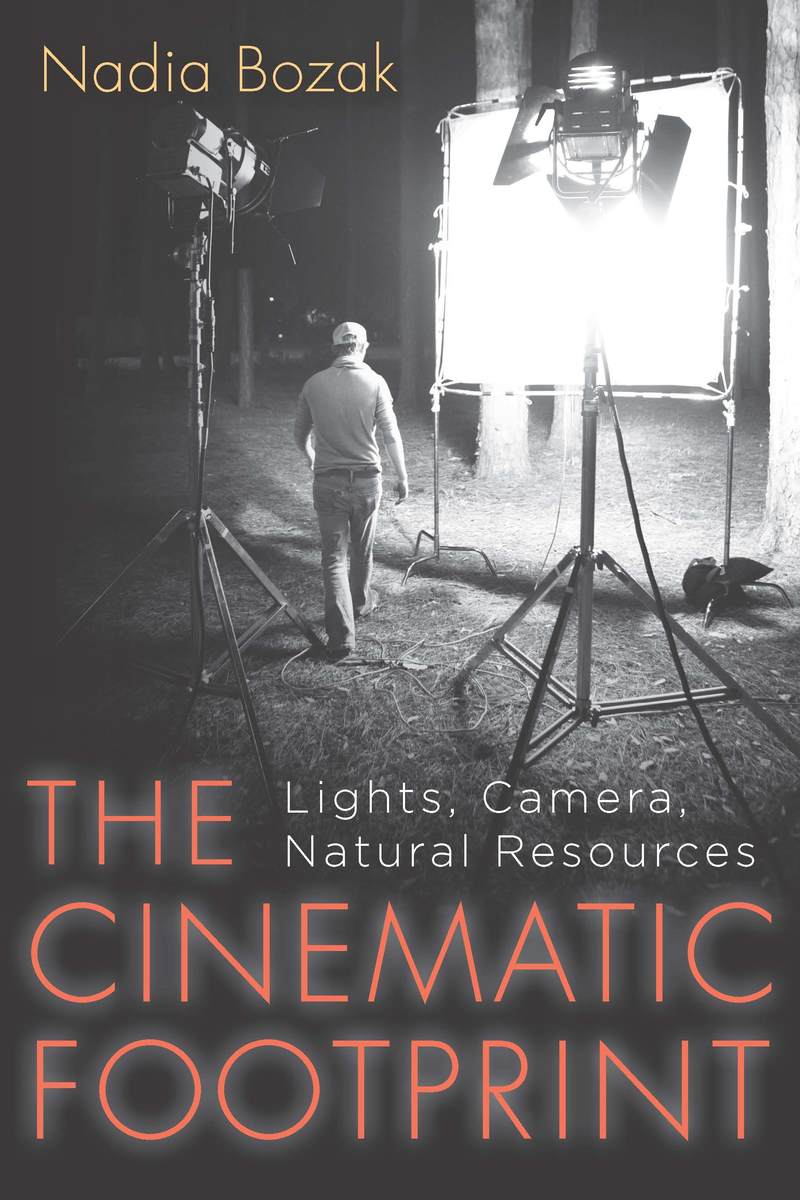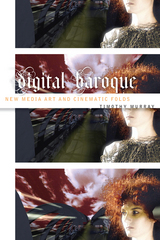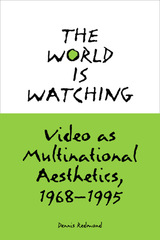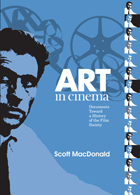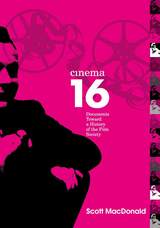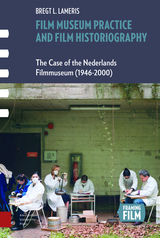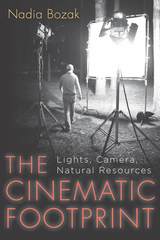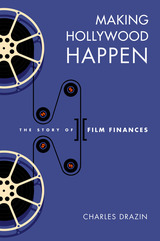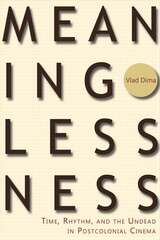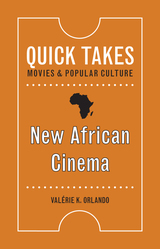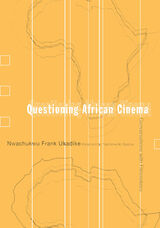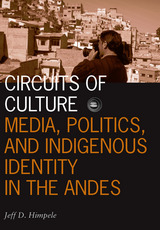eISBN: 978-0-8135-7779-1 | Paper: 978-0-8135-5139-5 | Cloth: 978-0-8135-5138-8
Library of Congress Classification PN1993.5.A1B69 2012
Dewey Decimal Classification 791.4309
Film is often used to represent the natural landscape and, increasingly, to communicate environmentalist messages. Yet behind even today’s “green” movies are ecologically unsustainable production, distribution, and consumption processes. Noting how seemingly immaterial moving images are supported by highly durable resource-dependent infrastructures, The Cinematic Footprint traces the history of how the “hydrocarbon imagination” has been central to the development of film as a medium.
Nadia Bozak’s innovative fusion of film studies and environmental studies makes provocative connections between the disappearance of material resources and the emergence of digital media—with examples ranging from early cinema to Dziga Vertov’s prescient eye, from Chris Marker’s analog experiments to the digital work of Agnès Varda, James Benning, and Zacharias Kunuk. Combining an analysis of cinema technology with a sensitive consideration of film aesthetics, The Cinematic Footprint offers a new perspective on moving images and the natural resources that sustain them.
See other books on: Direction & Production | Environmental aspects | Lights | Motion picture industry | Production and direction
See other titles from Rutgers University Press
